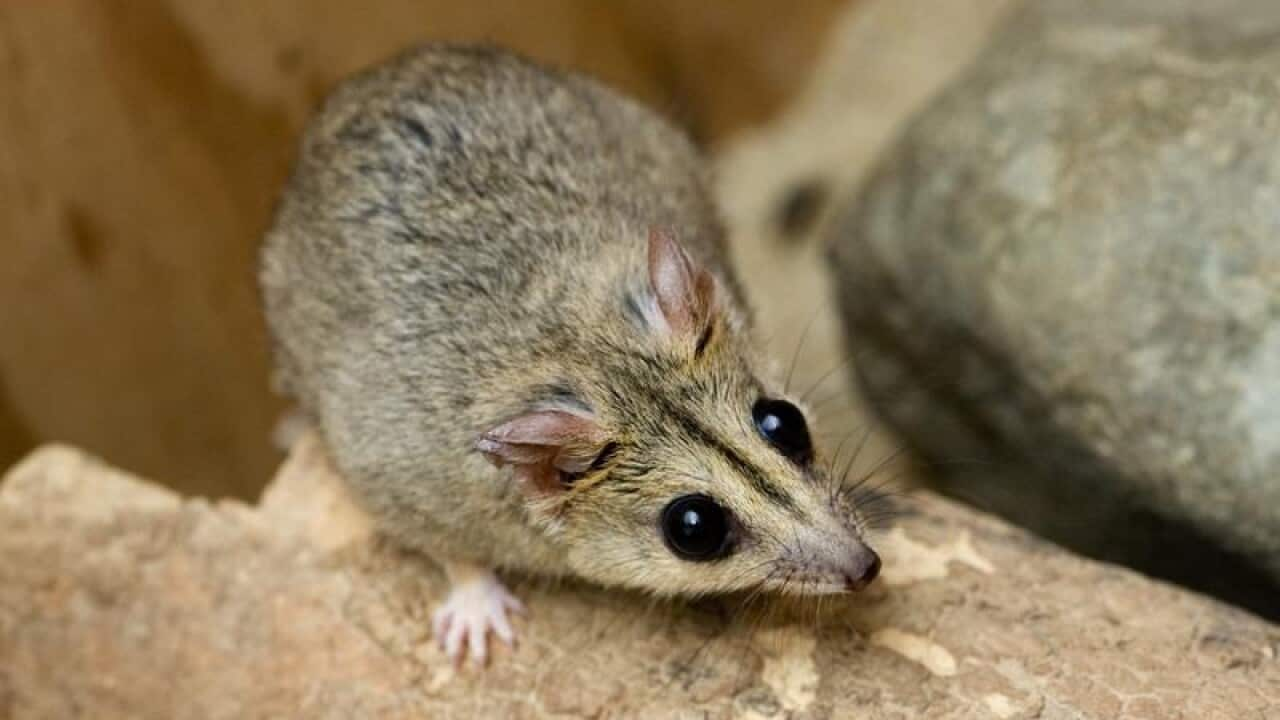Cattleman Harry Batt has been belted harder than most by north Queensland's devastating floods.
But it's not the death of 70 per cent of his cattle that's shocked the lifelong grazier most.
It's the absence of living native wildlife on his 52,000-acre property, near Richmond, following the unprecedented monsoonal deluge.
"It's just been decimated," Mr Batt, 51, told AAP.
"I've been flying around in the helicopter for a couple of days and I've not seen one kangaroo, they're all dead."
Mr Batt's cattle station copped almost double its annual rainfall during the 12-day weather event, causing the local creek to become a two-kilometre-wide torrent.
"We had a screaming wind that slowly ramped up and by the last four days it was horrific - it went on for bloody days," he said.
"In the end, there wasn't much live stuff, you'd just see dead stuff lying everywhere."
"All the kangaroos, and bloody little marsupial mice and birds, they couldn't handle it."
The wide-spread losses don't surprise James Cook University wildlife biologist Stephen Williams.
But he warns the loss of so much wildlife risks damage to the broader ecosystem and its ability to recover.
"The healthy functioning of the landscape is sum product of everything that lives there - all of the insects, all of the birds and mammals," he told AAP.
Prof Williams said kangaroos, rodents, hopping-mice, bandicoots and echidnas and dunnarts were all likely to have been impacted by the floods.
The endangered Julia Creek dunnart, whose range is limited to the Mitchell grass plains, much of which was badly flooded, maybe one animal pushed to the brink.
"When you have such a large-scale flood that completely covers the landscape in many areas, there's not really anywhere small animals can get to - they'd be lucky to survive," he said.
"There's no refuge, there's nowhere to hide, so basically the whole population in that area probably gets wiped out."
But without before and after assessments it will be near impossible to determine how many animals had been lost, he said.
Share

